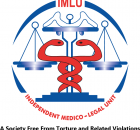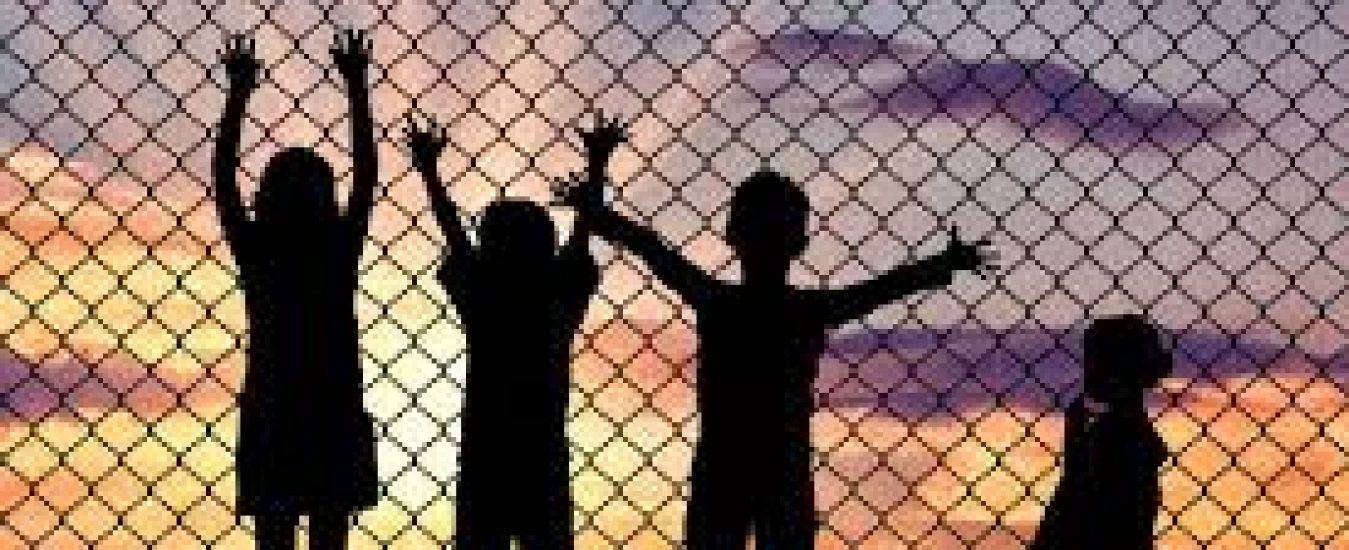By William Omondi
The Azimio La Umoja coalition has called for demonstrations on April 2, 2022. Kenyans were living in relative peace as they counted losses incurred from the spillover of conflict between Azimio La Umoja and Kenya Kwanza political coalitions that occurred in March. Azimio had called for countrywide demonstrations to protest against the rising cost of fuel, school fees, food and electricity. They also sought to compel the Independent Electoral and Boundaries Commission (IEBC) to conduct an audit of last year’s presidential election by opening services for public scrutiny. The Kenya Kwanza coalition maintains that it conclusively won the elections and should be allowed to govern.
Consequently, in March politicians went for each other’s gambit with epithets that sought to taint each other’s image. Their supporters flooded the mainstream and social media with vitriol that intended to ignite hatred among the Kenyan people. Azimio Demonstrators barricaded roads and highways in parts of the counties of Nairobi, Kisumu, Siaya Homabay and Migori. They also erected boulders and logs and lit fires as they chanted anti-establishment slogans. The police responded by firing bullets and teargas canisters that led to casualties and fatalities among the demonstrators.
In the middle of this muddle, there were innocent children whose comprehension of the happenings was minimal. As a counselling psychologist at the Independent Medico-Legal Unit (IMLU), I had the opportunity to assess one child from Nairobi County. He was a boy of seven years. During the therapy session, I was unable to maintain my emotional distance. Neither could I uphold what therapists refer to as the ‘as if’ attitude. My humanity surpassed my professional standards. I could not fathom why law enforcement officers could direct their brutality to minors.
According to the boy, he and his friend had been sent by a neighbor to purchase a kilo of rice from a shopping center that is located on Jogoo Road in the Eastern part of Nairobi. Suddenly, a group of demonstrators came running towards the shop in which he was transacting with the police in hot pursuit of them. The shopkeeper closed his shop in a hurry and told him and his friend to leave immediately. By this time, the police were firing bullets and lobbing teargas as demonstrators replied with projectiles. That is when he was hit on the head by a tear gas canister as he tried to escape from the melee. He fell as blood flowed profusely from his head. He was later taken to nearby hospitals for first aid and later transferred to Kenyatta National Hospital where he underwent surgery. Since then, his life has not been the same because he missed his end-of-term examinations. He will have to work very hard to catch up with his classmates. He is equally unhappy with the stigma of living with a scar on his head and therefore wears a hood or a cap on his head consistently. According to his mother, he has become irritable, and anxious and consistently re-enacts the scene of the incident that he underwent. He cries so often and is unable to fall asleep. The above behaviors show that the boy is living with trauma.
It is facile to be dismissive of the above case as coming from slum kids who died in the wool of adult rioters in their neighborhoods’. We can easily be tempted to refer to the children as small dictators, little rabble-rousers and societal throwbacks who do not deserve the attention of any person. As caregivers, we should be conscious that extraordinary moments call upon us to venture from the cocoons of jargon, theories and our airs indifference. Institutional environments and the designing of data collection tools should be child friendly. Above all, being friendly to children should be our commitment to this land. We should also come out very strongly to condemn the violence that is consistently visited upon children living in conflict zones.
So far, not even the faintest voice or sound on safeguarding and protecting children has been heard echoing from local and international state and non-state actors. The networks of Chartable Children’s Institutions, care leavers, the African Union and the UN should come out in earnest to strongly condemn the odious acts.

